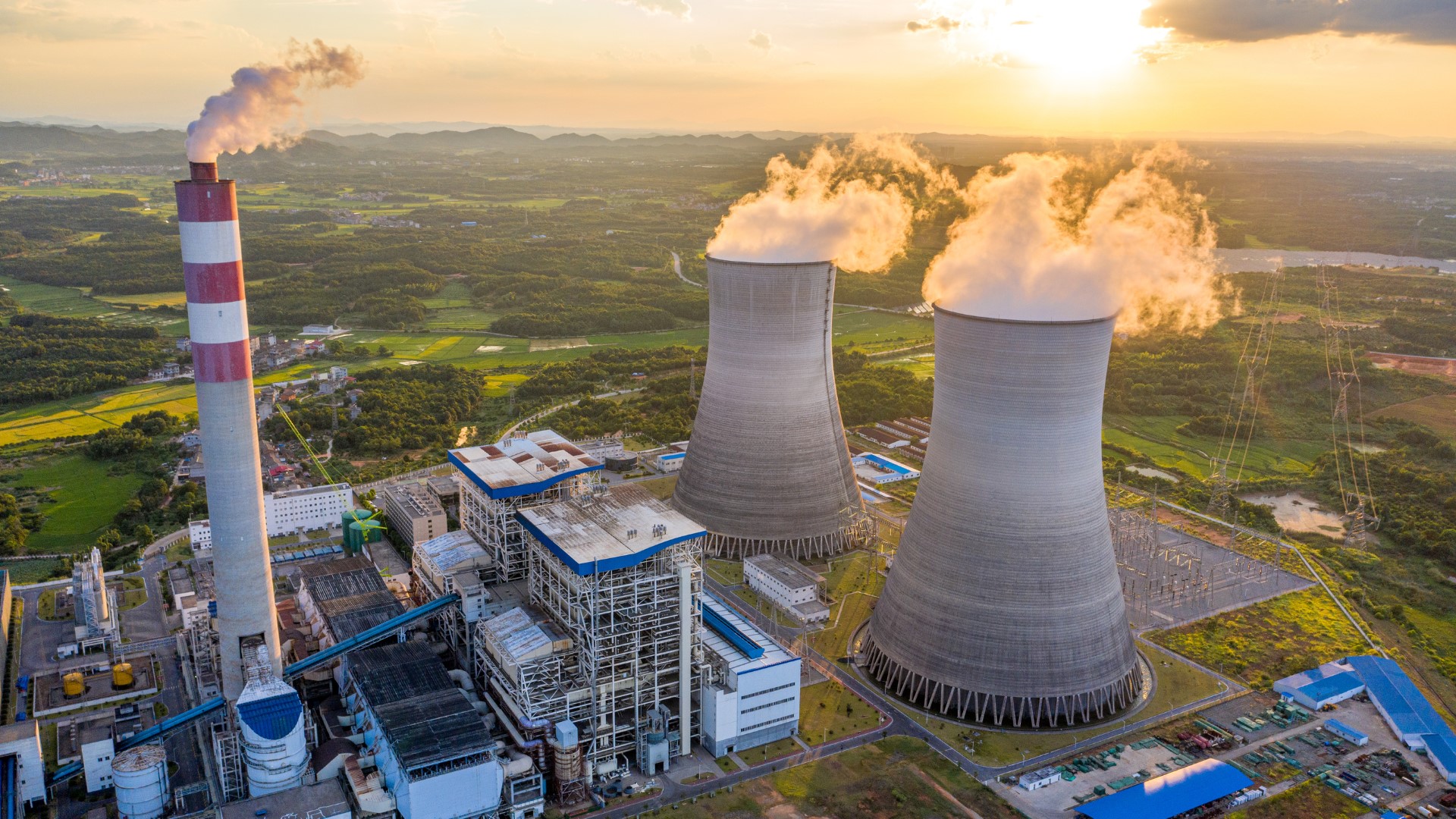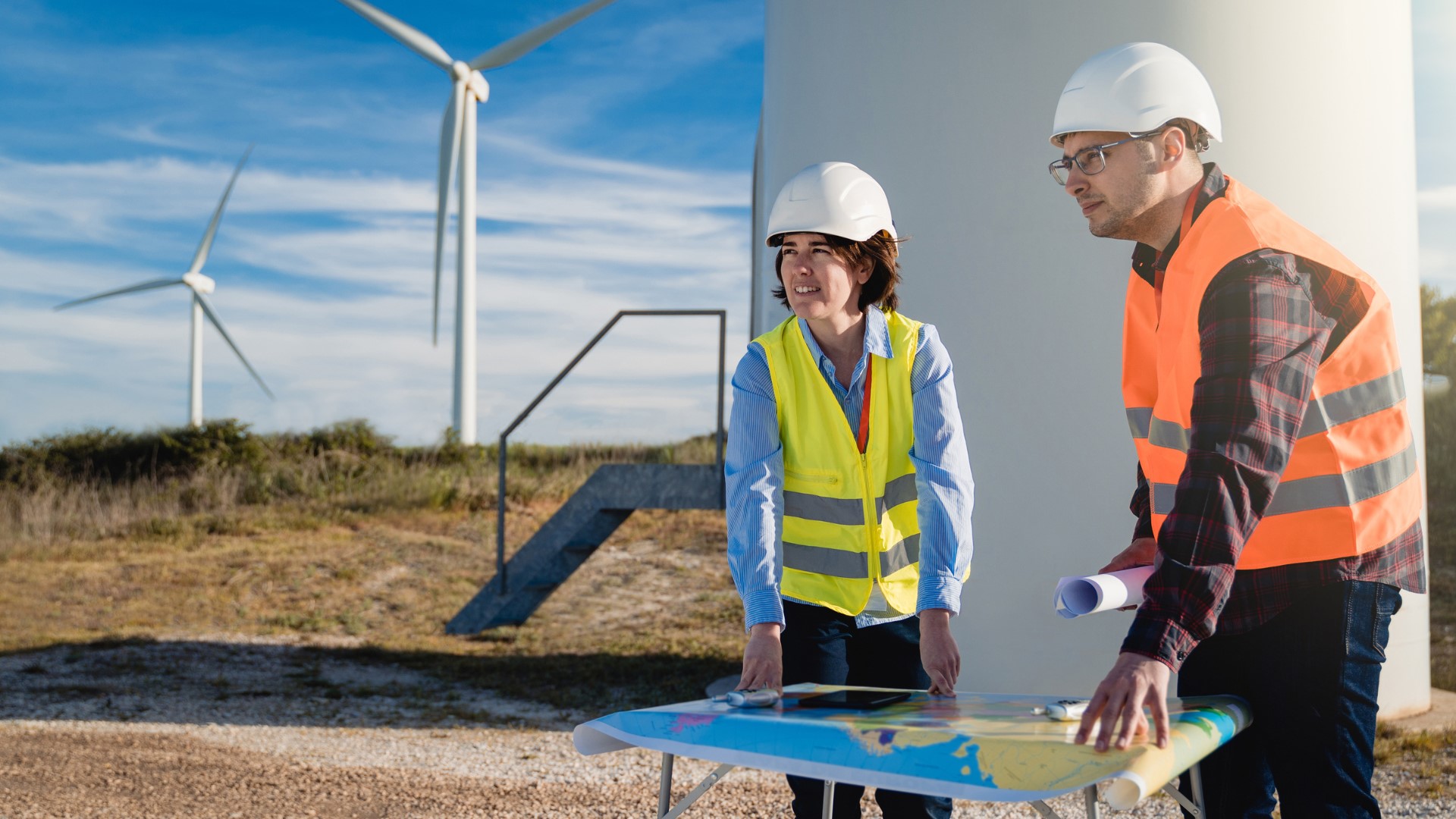
15 Oct Britain turns the page on coal power: What’s next for clean energy?
On September 30, 2024, Britain reached a historic milestone in its energy transition journey as the last coal-fired power plant, Ratcliffe-on-Soar, shut down after 57 years of operation. This closure brings an end to 142 years of coal-generated electricity in the country that pioneered the industrial revolution.
The plant’s shutdown has been hailed as a significant achievement in the UK’s commitment to phasing out fossil fuels and embracing renewable energy sources. While the final chapter of coal power has concluded, the transition to cleaner energy signals the beginning of a new era.
This article explores the significance of this transition, its impact on national energy security, and the road ahead for a cleaner, sustainable future.
The legacy of coal: A driving force of the industrial revolution
Coal power has been deeply intertwined with Britain’s economic growth for over a century. The first coal-fired power station, built in 1882, signaled the start of widespread industrialization and urbanization in the UK.
At its peak in the 1980s, coal accounted for 80 percent of Britain’s electricity, playing a crucial role in supporting economic progress and infrastructure development. The towering cooling towers and chimneys of the Ratcliffe-on-Soar power station, built in 1967, symbolized Britain’s reliance on coal for energy and industrial advancement.
However, as the negative environmental impacts of coal became more apparent—particularly its role in contributing to global warming—the UK began to explore alternatives.
By 2023, coal’s contribution to the national electricity grid had dwindled to just 1 percent, as the nation made rapid strides toward renewable energy. The closure of the last coal plant represents not just the end of coal power, but an ambitious effort to move toward a cleaner, more sustainable energy future.
A swift transition to clean energy
In the last decade, Britain has undergone a remarkable transformation in its energy sector, swiftly transitioning from coal dependency to renewable energy sources. In 1990, coal accounted for about 80 percent of Britain’s electricity.
By 2012, it had fallen to 39 percent, and today, over half of the country’s electricity comes from renewable sources like wind and solar power. Report from the UK National Grid, shows that a bulk of the UK’s energy is now generated from these low-carbon sources, with the remainder coming from natural gas and nuclear power. Today, there are four main renewable energy sources used to power the UK: wind, solar, hydroelectric and bioenergy.

This rapid decline in coal power was driven by several factors, including government regulations, the introduction of carbon taxes, and the rise of more cost-effective renewable energy technologies.
The UK became the first country to set an end date for coal power, originally slated for 2025. This date was later brought forward as part of the government’s ambitious net-zero strategy, aimed at reducing carbon emissions and fighting climate change.
According to Energy Minister Michael Shanks, “The era of coal might be ending, but a new age of good energy jobs for our country is just beginning.” This transition highlights not only the reduction in carbon emissions but also the economic opportunities created by the growth of the renewable energy sector, particularly in wind, solar, and energy storage.
Environmental impact and climate change mitigation
Coal is the most carbon-intensive fossil fuel, contributing heavily to greenhouse gas emissions. The combustion of coal releases carbon dioxide, mercury, arsenic, and soot particles, which contribute to air pollution and exacerbate the climate crisis. Its role in accelerating climate change has been a major driver behind the global push to phase it out as an energy source.
The closure of Britain’s last coal-fired plant sends a strong signal about the UK’s commitment to climate change mitigation. This action aligns with the government’s pledge to achieve net-zero greenhouse gas emissions by 2050. Ending coal power is a crucial step in the journey towards reducing the country’s overall carbon footprint.
Role of workers in the energy transition
The closure of the Ratcliffe-on-Soar power station marks the end of an era not just for coal energy but also for the thousands of workers who powered Britain’s industries for over a century. At its peak, the coal industry employed 3,000 engineers at the Ratcliffe plant. Over the years, as coal’s contribution to energy production decreased, the workforce shrank in tandem.
Today, only 170 employees remain at Ratcliffe-on-Soar, most of whom will stay on during a two-year decommissioning process.
The UK government has worked closely with unions to ensure a “just transition” for these workers, many of whom have been retrained or redeployed to other energy sectors, such as renewable energy or natural gas. This commitment to workforce transition is essential for maintaining social and economic stability during the shift to green energy.
The current focus should be on transitioning away from gas, with an urgent push to rapidly develop the UK’s vast potential for homegrown renewable energy.
While the transition from coal has been largely successful, there are ongoing challenges in ensuring that new job opportunities in renewable energy are accessible to former coal workers. Government retraining initiatives and job placement programmes will be critical in providing long-term employment stability in the green energy sector.

The future of Britain’s energy: Embracing renewables
As Britain turns the page on coal, the focus now shifts to scaling up renewable energy infrastructure. The UK is already a leader in offshore wind, boasting some of the largest offshore wind farms in the world. Solar energy also plays an increasingly significant role in the country’s energy mix.
However, to meet the government’s goal of generating all electricity from renewable sources by 2030, further investments in renewable technologies, energy storage, and grid modernization are necessary.
The transition to a fully renewable energy grid also requires addressing potential challenges, such as energy intermittency—when the wind isn’t blowing, and the sun isn’t shining. Energy storage systems, including large-scale batteries and hydrogen storage, are seen as critical to ensuring the reliability and stability of the grid as the UK moves away from fossil fuels entirely.
In addition to technological advancements, the UK will need to continue international cooperation to meet global climate goals. As one of the first major economies to phase out coal, the UK sets an example for other nations to follow. However, the transition away from coal and other fossil fuels must be accelerated globally to prevent the worst impacts of climate change.
Conclusion
The shutdown of Britain’s last coal-fired power plant represents the end of an era but also the beginning of a new chapter in the nation’s energy history. With coal no longer part of the UK’s energy mix, the focus has shifted entirely toward renewable energy sources and achieving net-zero emissions. This transition has not only reduced the country’s carbon footprint but also created new economic opportunities in green energy jobs.
As the UK leads the way in phasing out coal, the challenge now is to ensure that the renewable energy transition is fair, inclusive, and sustainable. The road ahead may not be easy, but the progress made so far offers hope for a future powered by clean, renewable energy.

No Comments